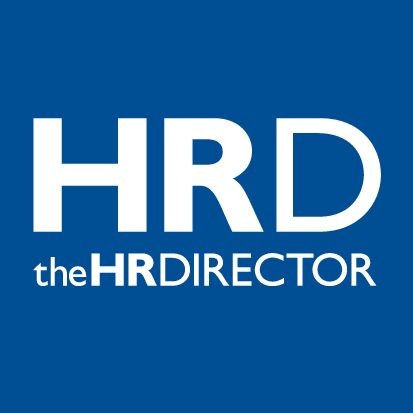New research shows that healthy staff are more productive and engaged and that absenteeism levels can be predicted and therefore prevented. The first Britain’s Healthiest Company Report*, run by PruHealth with Vitality, the health insurer and wellness programme provider,surveyed almost 10,000 employees, to gain a comprehensive understanding of how lifestyle choices impact productivity.
The Britain’s Healthiest Company Report reveals that unhealthy employees are 53 percent more likely to suffer from presenteeism (working while sick and therefore less productively) and 55 percent more likely to have overall poorer productivity (a combination of lost productivity through both absenteeism and presenteeism), compared to their healthier counterparts. The level of engagement of company leadership in the health and wellness of their staff also has a big impact. Organisations with poor management leadership when it comes to health and wellness policies are 25% less likely to have healthy staff.
Healthy staff are determined using PruHealth’s unique Vitality Age algorithm**, which gives people an understanding of their true health age compared to their actual age. The number of days lost due to the combination of absenteeism and presenteeism was found to increase as the Vitality Age difference increased, reflecting the fact that people were less healthy and had poorer lifestyle choices. The research findings show that healthier staff can also deliver financial savings, through 48% lower productivity costs.
According to Dr Katie Tryon, Head of Clinical Vitality at PruHealth: “Our research definitively shows that poor employee health costs businesses time and money. Unhealthy employees are much less productive and engaged and are more likely to take time off sick and are off work for longer. Unsurprisingly, the number of days lost due to absenteeism and presenteeism increases the unhealthier employees are.
“Health and wellness initiatives are no longer just tick box exercises and organisations are increasingly recognising the tangible financial impact they deliver. It therefore makes much more sense to invest in keeping staff healthy and well rather than dealing with the much more costly aftermath when they become sick.”
By looking at the state of employees’ Vitality Age, organisations can also understand potential absenteeism rates and more effectively plan resources. The report reveals that employees with a Vitality Age of four to five years older than their real age (86% of respondents), have absenteeism rates that are double those of healthy employees. For those with a Vitality Age of nine to ten years older absenteeism rates increase to three times those of a healthy employee. This group typically includes smokers that follow poor lifestyles.
Individual risks are just as likely as chronic disease to be associated with higher absenteeism and lower productivity levels. Those that are unhealthy (lifestyle behaviours such as smoking, lack of physical exercise, poor nutrition, high blood pressure, high cholesterol and depression) are more likely to take time off sick and for longer compared to people at low risk.
The deadline for Britain’s Healthiest Company 2014 is imminent and organisations must register by 31st March. It is open to organisations with 50+ employees and is free to enter. By taking part, each company will receive a Corporate Health Report, produced by the University of Cambridge and RAND Europe, which collaborate through the Cambridge Centre for Health Services Research. The report will detail the main health and lifestyle risks facing the organisation, tailor made recommendations on how to improve, and how they are benchmarked against other companies. For further details visit:






